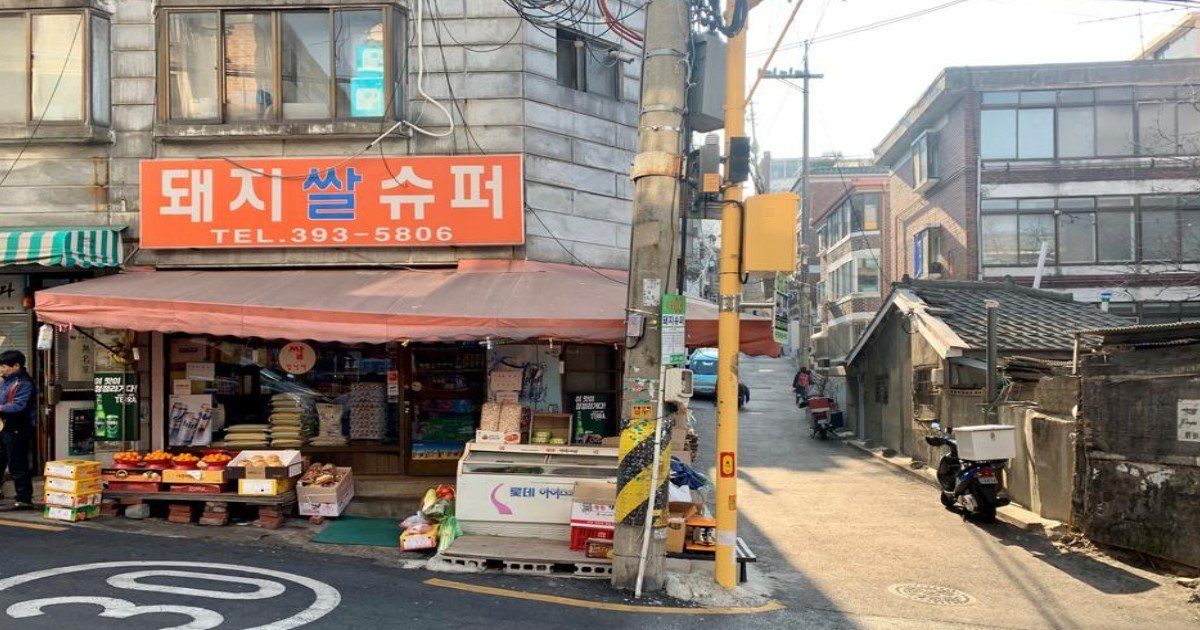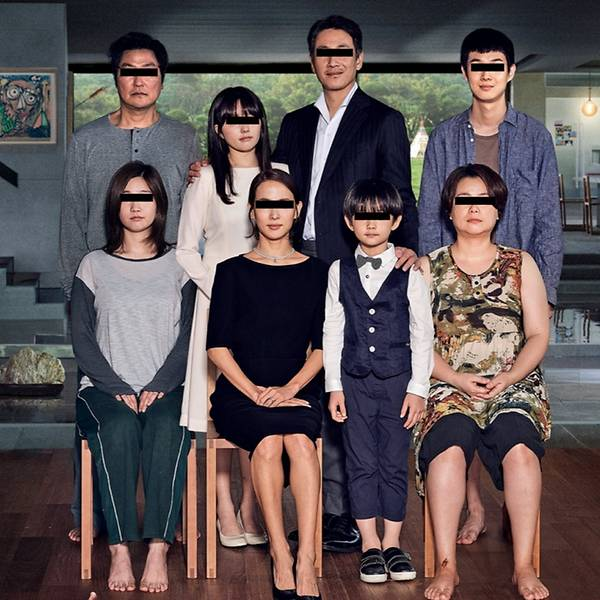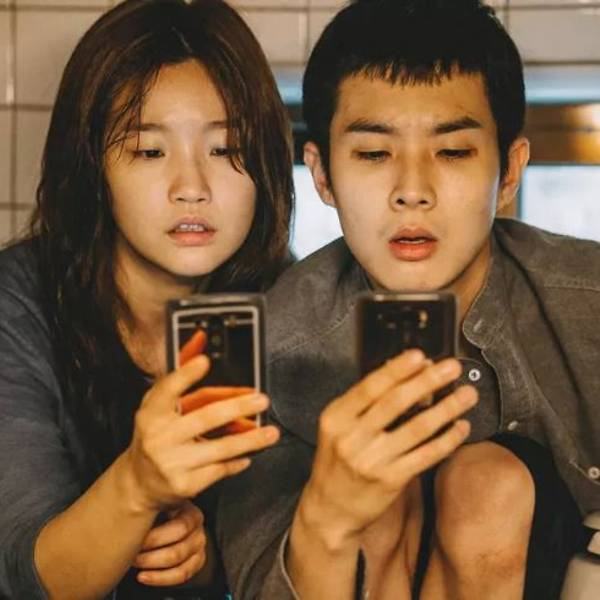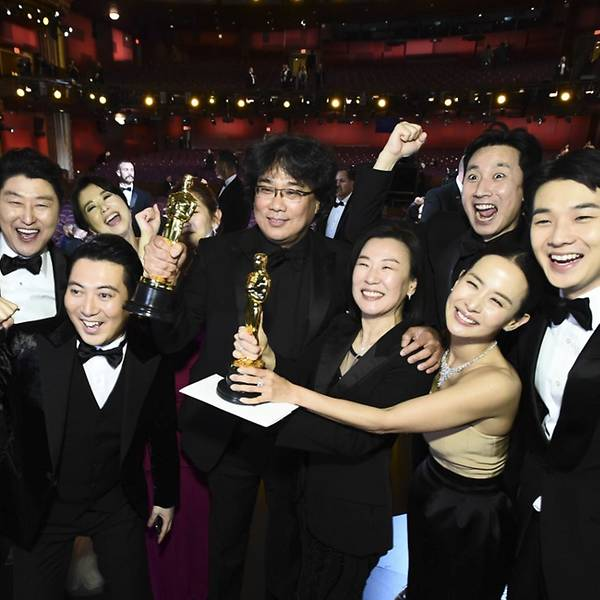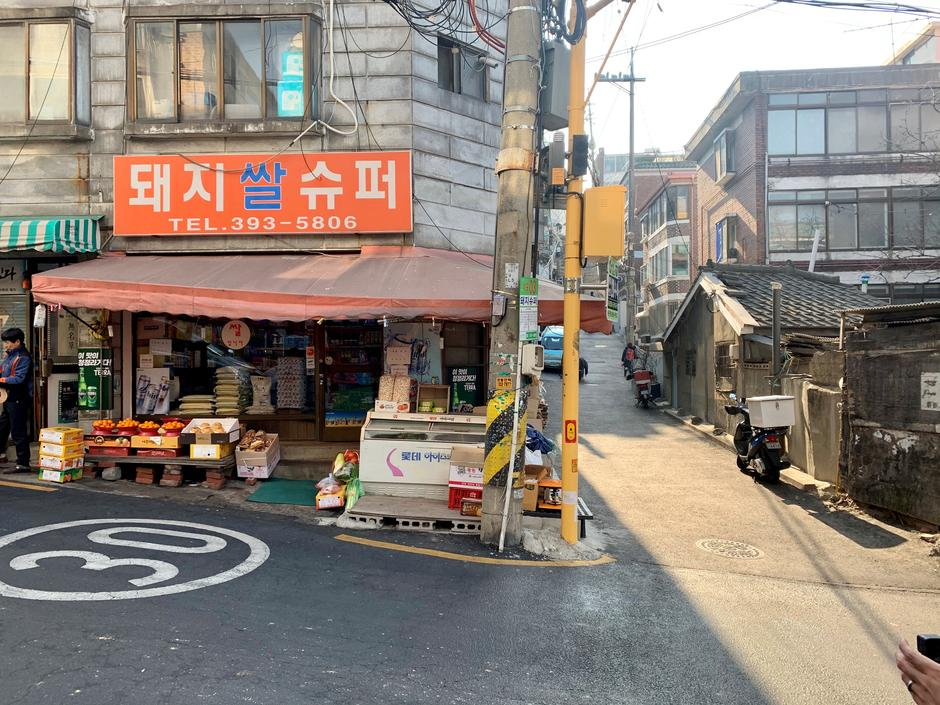Oscar-winner Parasite is a story of the wealthy Park family and the humble Kim family of South Korea.
The movie shows a picture of the increasing imbalance of resources among the population of the fourth largest economy of Asia.
Watch how the disparities that were shown in the movie look like in real-life South Korea in the video below.
[rumble video_id=v67hul domain_id=u7nb2]
Video credit: Rumble
Parasite shows the real face of the class struggle as it happens in the capital, Seoul, and the disparity ranges from the food the people eat to the houses they live in.
The movie made history by becoming the first non-English language film to win the best picture award at the Oscars.
Obviously, the South Korean people are celebrating with all their excitement on social media.
The movie is full of visual clues in accordance with the South Koreans who label themselves as “dirt spoons,” the ones born in humble families and can’t even buy a house for themselves in their lifetime, and the “gold spoons,” who belong to the well-off families.
While most of the movie was shot on made-to-order sets, the living places of both the Parks and the Kims were actual neighborhoods from Seoul.
A tour through the streets of the South Korean capital can show what the locations are actually like and what the Koreans like to say about wealth and poverty.
Ahyeon-dong, a slum that is the house for the Kims is one of the last shanty towns in Seoul. This place appeared a number of times in the scenes of the movie.
Ahyeon-dong is situated on a hillside, just next to the main train station. It mainly consists of narrow, steep streets and long staircases that people use to get to their homes.
The co-owner of Pig Rice Supermarket, that is featured in the film, 77-year-old Lee Jeong-sik said: “Watching the film made me feel like they put my life right in there.”
The fictional Kim family of the story lives in a dark, small apartment, known as sub-basement which is built partially underground.
Residents of Ahyeon-dong tell that the rent for a sub-basement apartment is nearly 400,000 won or $470 a month. They also told that the rent has grown more than 200% in the last ten years.
Ahyeon-dong is in the foot of the newly built apartment towers and the city has recently seen large scale protests from the inhabitants of the area, who fear to lose their homes to the development projects going on in the area.
However, according to Lee, “it’s definitely a neighborhood that isn’t faring well.”
Lee’s shop attracted a lot of attention from media after the movie won the academy award and Lee said he was so happy about it that he couldn’t sleep at night.
On the other hand, there is a neighborhood where the mansion of the Park family is situated.
The interior of the mansion was a purpose-built set but the scenes around it were shot in Seongbuk-dong, dubbed the Beverly Hills of South Korea.
The area is home to wealthy tycoons and diplomats of the country.
In contrast to the Ahyeon-ding area, the streets in this area are clean and wide, and the homes are hidden behind tall walls, topped with fences and equipped with security cameras.
The CEO of Peace Estate Agents, Chung Han-sool, said: “The houses here are all very fancy residences, most of the houses have basements and they use it for home bars or mini theatres.”
The price of an average home in this area is nearly 7 billion won, or $8.2 million. If you want to rent a house in this area, that would cost you 10-15 million won or $17,650 a month.
“There are 48 ambassadors living in the neighborhood, so there is a whole separate squad of police officers in the area,” Chung added.
Seongbuk-dong is also not free of disparities in itself. Here, the disparities can be seen in the form of “gisasikdang” or “drivers’ diners,” which is also shown in Parasite.
“Gisasikdang” serve meals to the drivers of the wealthy people living in Seingbuk-dong.
One of the managers at gisasikdang in Seongbuk-dong, Ben Sun-young, said: “There are taxi, bus drivers and those who drive the CEOs who live around here, the wealth is so polarized here. It’s extreme.”
With the news of Parasite’s winning the Oscar going viral, the Korean social media was flooded with the recipes of “jjapaguri,” a combo of two different instant noodles, known as ram-dong in Parasite.
Ram-dong initially got popular from a TV show but got real publicity from the movie, which shows the rich topping it off with lucrative Korean beef.
A photo of jjapaguri cup noodles was tweeted by the US ambassador saying that the US embassy will hold an event to watch the awards ceremony.
According to Lee, the economic status of the people can be noted from the type of things they buy. “People are not well off here,” Lee said.
“What they buy most is ramen and alcohol.”
Another supermarket that has made an appearance in Parasite is ORGA Whole Foods in Bangi-dong.
The Bangi-dong area is characterized by its upper-middle-class residents who try everything possible to send their children to the top-end schools.
Ryu Hee-woong, a manager at the branch, said: “The most popular items in our store aren’t cigarettes, alcohol or instant food like in regular supermarkets, our customers usually purchase fresh food that is focused on safety, sustainability, and eco-friendliness.”
Replaced!


